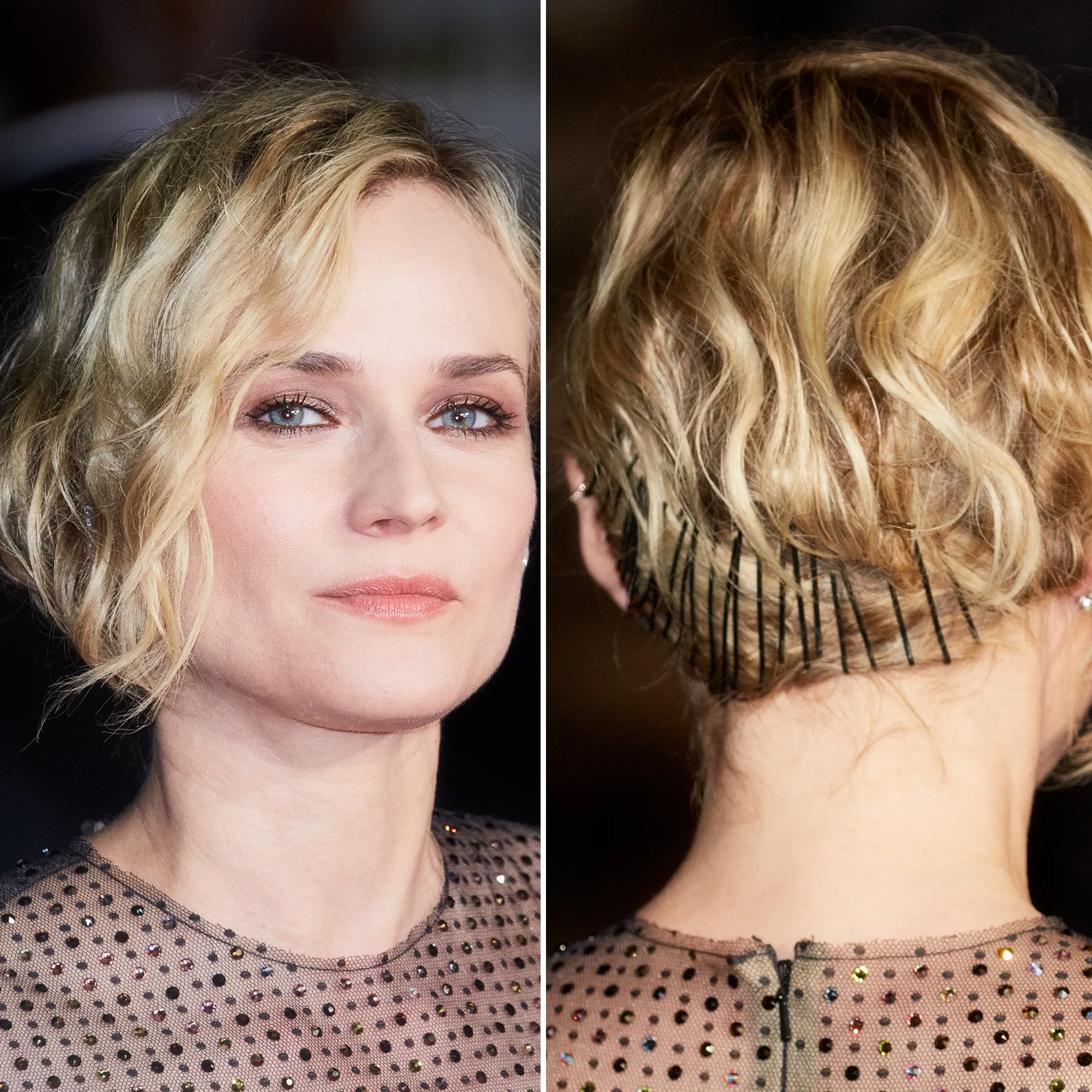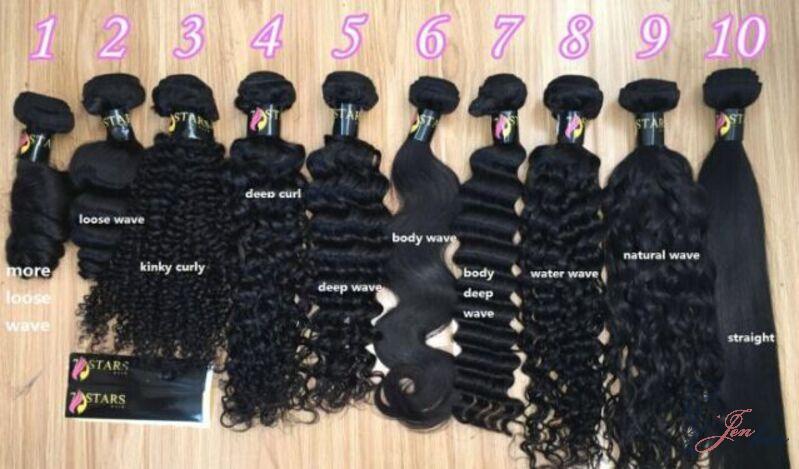No products in the cart.
Hair Care Guide
The Right Way To Use Hair Length Chart
It is a regular practice to bring a photo to the salon of the desired haircut; however, what about the ideal length of the hair? “Mid-back” can mean different things depending on the person and their hair type, so it’s important to use the hair length chart as a guide when deciding what length of hair you want.
If you’re ever at a loss as to what length your hair should be, this article on hair length charts for different hair types and styles is just what you need. The full image is provided, from definition to how to use it to measure, as well as suggested hairstyles, so that you may utilize this as a reference with confidence!
In a hurry? You shouldn’t need more than 5 minutes to read it! Let’s start now
What is the hair length chart?
A hair length chart is a visual infographic that gives a general description of the length you want your hair to be in terms of body parts, or an exact length in inches. The second method appears more reliable; nonetheless, it may be misunderstood by individuals who have curls.

Common inch measurements used in hair care products include:
- 12 inch hair (30 cm): Ideal for adding volume to fine hair or for achieving a shoulder-length style.
- 14 inch hair (35 cm): Ideal for adding length and fullness right below the shoulders.
- 16 inch hair (40 cm): If you want longer hair, 16 inches is a great place to start.
- 18 inch hair (45 cm): Lengths of 18 inches are the most frequently picked thanks to the volume and variety of styles they provide.
Note: When consulting with your stylist about your desired hair length, a hair length chart is a useful tool to have on hand. However, when using it, there are 2 main points to keep in mind:
- Types of hair: Keep in mind that the hair inches chart is often a chart that measures straight hair length. The twists and ringlets in wavy or curly hair make it appear shorter than it actually is, making straight hair of the same length look shorter. Thus, you may need to use a different hair chart to show your ideas.
- Height: A tall person’s waist-length hair will be longer than that of a short woman’s hair of the same length. When looking for extension products, it’s helpful to know the length in inches. Therefore, remember to take your own height into account!
Hair length chart for types of hair
Since the same hair length may seem very different depending on the hair type. Curly hair is the shortest, followed by wavy, and then straight. As opposed to straight or wavy hair, curly hair may be stretched to even longer lengths. That’s why it’s helpful to look at a hair length chart to see what the typical and optimal lengths are for various hair types.
This section shall divide into 4 popular types to give you the suitable hair length chart: Curly, braiding, straight, and weave hair.
Curly hair length chart
Despite the fact that determining the length of curly hair is a challenge, we’ve compiled the most helpful resources to help you do just that. Hair with curls is often cut shorter than straight hair by two to three inches. There are 8 lengths in the curly hair length chart, each corresponding to a different portion of the body.

Straight hair length chart
The hair length shown by a hair length chart is, for the most part, the most accurate and readily apparent hair length for straight hair. The hair length chart shows a very minor variance even if the hair is slightly curly.

Weave hair length chart
The waves make the hair appear somewhat shorter than it actually is. For example, hair that is 18 inches long will fall anywhere between the shoulder and the armpit.

Braiding hair length chart
Even if there aren’t that many articles written in this manner, don’t worry—we’ve got you covered. The length of your braids will be determined by how far down your back you want them to go, beginning at the shoulders and ending at the waist level.
- In the bob braiding style, your braids can be cut to any length you choose, but they won’t go past the shoulders.
- By contrast, if you want them to cover your lower back, it is often depicted as the waist length in the braiding hair length chart.
How to measure hair length?
The length of your hair may be estimated in a variety of ways. While some methods are more reliable than others, they should all give you a broad indication of where you stand.
Let’s check out some ways to determine the exact length of your hair.
- Using a hair length chart: As expected, you may get a rough estimate of your hair length using a chart. Your typical hair length corresponds to a certain section of the hair length chart. Using a chart, determining your hair’s location is a simple task.
- Using a measuring tape: You may also check your hair growth by using a measuring tape. An accurate hair length measurement may be taken in a few easy steps. Place the end of the tape measure flush against your scalp (near the hair section you chose), and hold the tape measure level with your head with one hand as you extend out the other to get an accurate reading of your hair’s length.
Hair length guide
Due to the wide range of possible understandings, we’ve defined the following categories of hair length in more details:
Short length hair
As a general rule, people range 6 to 12 inch hair as short length. More specifically, ear-length hair is considered to be between 6 and 8 inches long (17 to 20 cm), whereas 10 to 12 inches (25 to 30 cm) is referred to as the chin length. The pixie, bob, buzz cut, crop, etc., are all short hairstyles that fall within this category.

Medium length hair
If your hair has passed your chin in length, you may call it medium. This hairstyle can range in length from the shoulder to the middle of the back, and often falls between 12 and 18 inches (30 and 46 cm).
If you have ever heard someone discuss shoulder-length or armpit-length, both of those measurements fall under this group. Long Pixie, Shag, Mullet, Layered, etc. are some of the most well-known cuts for hair this long.

Long length hair
Lastly, you can classify a hairstyle as long if it reaches past the elbows. The standard length for long hair extensions is between 24 and 32 inches. Common sizes range from 26 to 32 inches in length. Women who desire long, thick hair frequently turn to these types of hair extensions as a more preferable alternative. Since the styling isn’t limited to this length, wolf cut, layered or curly styles can all go well with it.

Final thoughts
Hopefully, this article has shown you a thorough understanding of the hair length chart. This way, you can avoid the hassle of always bringing the hair ruler with you and the anxiety of a potentially disastrous haircut. Enjoy this article? Don’t forget to like and share it out so that people can also read it too!

 Guide Cornrows With Side Part The Best For Beginner
Guide Cornrows With Side Part The Best For Beginner Ultimate Guide: Headband with Hair Attached (Best Styles for 2025)
Ultimate Guide: Headband with Hair Attached (Best Styles for 2025) Top 7 Premium Human Hair Clip In Extensions For Black Hair
Top 7 Premium Human Hair Clip In Extensions For Black Hair
